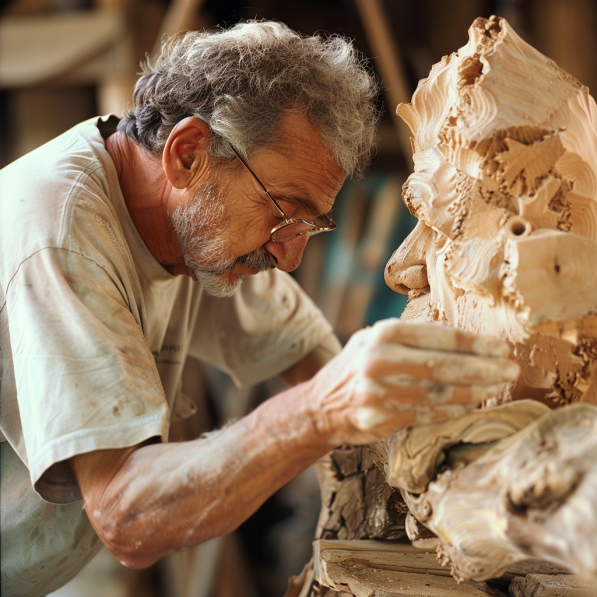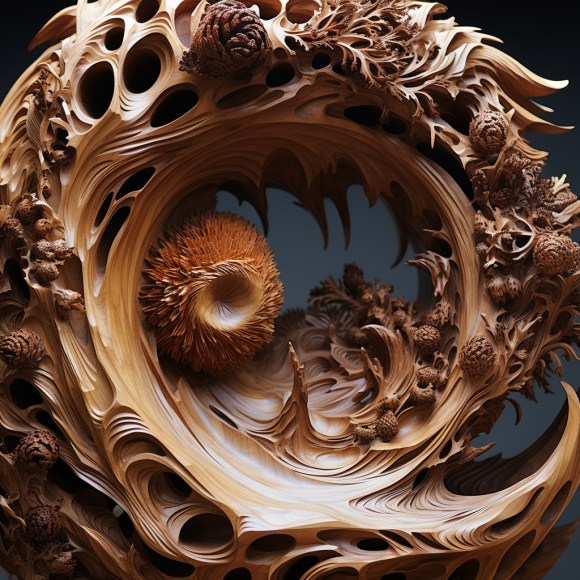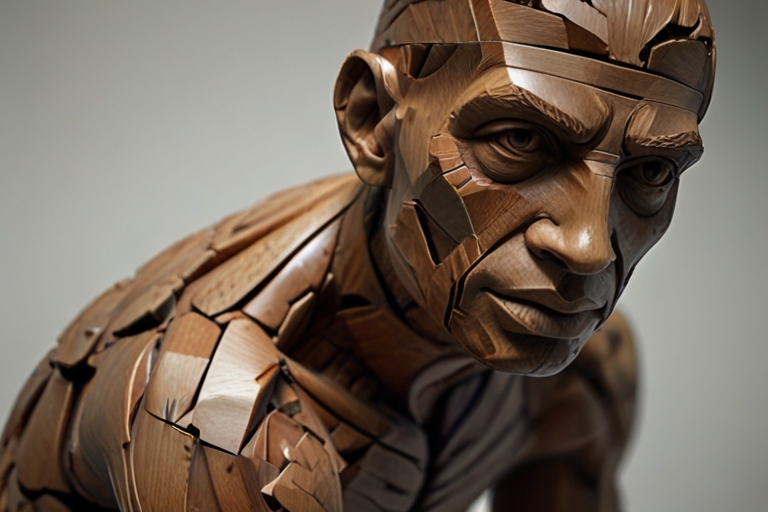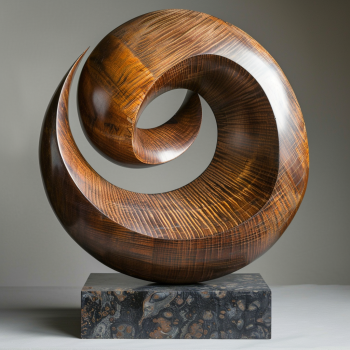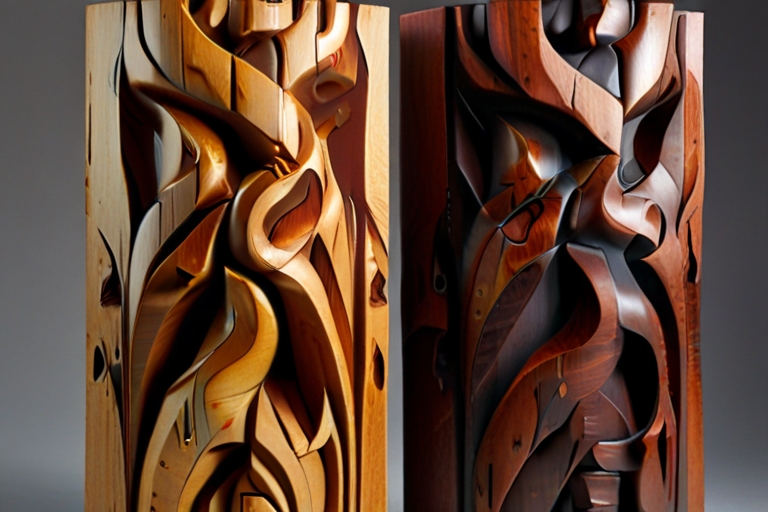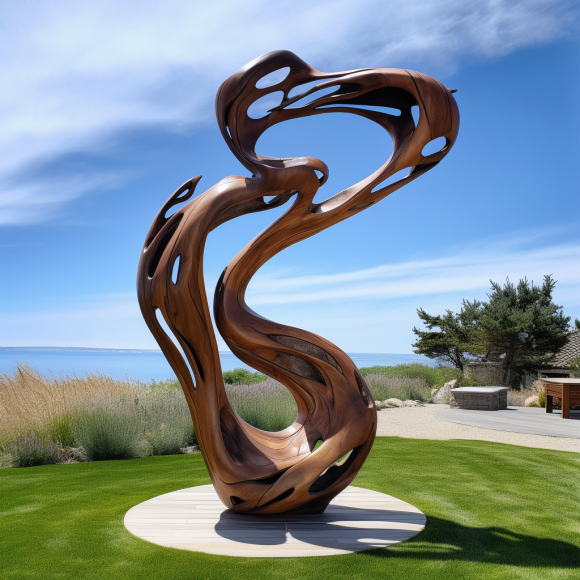Choosing the Right Wood for Your Sculptures: Types and Characteristics
Selecting the appropriate wood is a crucial step in the wood sculpting process. Each type of wood possesses unique characteristics that can significantly impact the final result of your sculpture. As a wood sculptor, understanding the qualities and properties of different wood species will allow you to bring out the best in your artistic vision. In this blog post, we will explore the various types of wood used in sculpting and their distinctive features to help you make informed decisions for your next project.
Hardwoods vs. Softwoods
Wood is broadly classified into two categories: hardwoods and softwoods. These classifications are not based on the wood’s actual hardness but on botanical distinctions. Hardwoods are derived from deciduous trees, such as oak, walnut, mahogany, and cherry, while softwoods come from coniferous trees, like pine, cedar, spruce, and fir.
Characteristics of Hardwoods:
- Density: Hardwoods are denser than softwoods, making them more suitable for intricate carving and detailed work.
- Durability: Hardwoods are generally more durable and resistant to wear, ensuring the longevity of your sculptures.
- Color and Grain: Hardwoods exhibit a wide range of colors and distinctive grain patterns, providing aesthetic appeal to your artwork.
- Finishing: Due to their density, hardwoods take finishes, stains, and polishes exceptionally well, enhancing the final appearance of your sculpture.
Characteristics of Softwoods:
- Ease of Carving: Softwoods are generally easier to carve and ideal for beginners or projects requiring swift progress.
- Cost-Effectiveness: Softwoods are often more affordable than hardwoods, making them a budget-friendly option for larger sculptures.
- Lightweight: Softwoods are lighter in weight, making them suitable for sculptures that may require portability or easy handling.
Common Wood Species for Sculpting:
- Basswood: A popular choice for beginners, basswood is soft and easy to carve. It showcases a fine and even texture, allowing for smooth sculpting and intricate details.
- Mahogany: Renowned for its rich reddish-brown color and beautiful grain, mahogany is a hardwood that carves well and exhibits an elegant finish.
- Cherry: Cherry wood boasts a warm reddish-brown hue that deepens with time, making it a favorite for creating expressive and timeless sculptures.
- Walnut: With its dark and lustrous appearance, walnut offers a luxurious and classic touch to your sculptures. It is ideal for intricate carvings and fine details.
- Pine: A common choice for larger sculptures and outdoor art, pine’s light color and softness make it suitable for quick and bold carvings.
- Cedar: Known for its aromatic scent and resistance to decay, cedar is often used in outdoor sculptures and decorative elements.
Considering Sustainability:
As an artist, it’s essential to consider the environmental impact of your materials. Whenever possible, opt for wood that is sustainably sourced and harvested. Look for certifications such as FSC (Forest Stewardship Council) or PEFC (Programme for the Endorsement of Forest Certification) to ensure your wood comes from responsibly managed forests.
Conclusion
Choosing the right wood for your sculptures is a crucial aspect of the creative process. Understanding the unique characteristics of different wood species will help you achieve your artistic vision and create sculptures that stand the test of time. Whether you prefer the elegance of hardwoods or the ease of softwoods, each type of wood offers distinct advantages that can enhance your sculpting journey. Happy sculpting!

